For Healthier Tomato Plants, Save Your Eggshells
Picking a fat, flavorful tomato off the vine in your own garden is one of life's great pleasures. I love to hold them in my hands, feeling the warmth from the sun, sniffing their aromatic smell and feeling their slight stickiness on my skin before I take a bite.
But it's deeply discouraging when the fruits you've pampered for months and are eagerly anticipating eating begin to turn brown and rot from their tips upwards. It's called blossom end rot and is a common and easily prevented tomato ailment.
Related
Blossom end rot is caused by a calcium deficiency which is good news, because, unlike many other tomato woes, you can avoid it.
One very simple way to protect your plants is to place a bit of crushed up eggshell in the hole before you put your tomato plant in and fill the dirt in around it. I suggest you start saving your eggshells NOW.
I'm keeping mine in a jar next to the sink to remind me not to toss them into the compost bucket and so far, it's working. You can also just put them back into the carton if you prefer. If you use a jar, leave it open to let them dry out.
When the time comes to plant your 'maters, just crush them up and pour a little into the bottom of the hole then proceed as usual. Thanks to my friend, Grian, for sharing this wonderful tip about the eggshells. More about Grian and her incredible garden here.
A few more tomato-growing tips:
1. Do not grow tomatoes in the same place more than once every three years (or longer). Rotating beds will help prevent problems from diseases like wilts and blights build up in the soil. You should also avoid planting any potatoes, eggplant, tomatillos, and chili and bell peppers in that location as they are all members of the same family of Nightshades and are also susceptible to the same pests. A good rotation would be to plant tomatoes in year one then move on to a brassica crop (cabbage, cauliflower, broccoli or brussels sprouts) the second year then some kind of beans to add nitrogen back to the soil in the third year and then an allium like onion, shallot, leek or scallion the four year. Then back to tomatoes or some other nightshade.
2. Go easy on the nitrogen. Unlike some plants, tomatoes do not need a ton of nitrogen. Too much can burn them or cause them to put out lush foliage but not many tomatoes - all leaf and no fruit. If you're using a bagged soil mix, look for one that is specifically formulated for tomatoes with higher amounts of phosphorus than nitrogen.
3. Err on the side of less water rather than more. Tomatoes are sensitive to over-watering and do quite well with very little water. In fact, some of the most delicious tomatoes I have ever eaten are the dry-farmed early girls we used to buy at the Berkeley Farmers' Market - the lack of water causes the plants to really concentrate flavors and sugars. Rather than sprinkling them every day, do a deep watering once or twice a week (depending on the weather, that is) to allow the water to get down to the roots where they can suck it up as needed.
4. Don't let dirt splash the plants. If you can rig one up, water your tomatoes via drip irrigation as that way you will avoid splashing the bacteria and fungus in the soil up onto the leaves where they can wreak havoc. If you can't hack a drip system (and most people can't), simply strip off the lower leaves and branches from your plants to avoid the so-called "ladder effect" of bacteria and fungus in the soil splashing up on the plants and infecting the leaves.
5. Pinch off any suckers. You'll get stronger, bushier plants and larger tomatoes if you pinch off any suckers that begin to grow up out of the crotch between the main stem and the branches coming off it. Some kinds of tomato plants can handle more aggressive pinching at various stages, as well but it depends on the type you're growing and what stage of growth the plant is in.
You might also like:
- Grow Your Own Sweet Potatoes
- Thrifty Gardening Tip - Don't Chuck Those Scallion Roots - Plant Them!
- Grow Garlic To Last the Whole Year
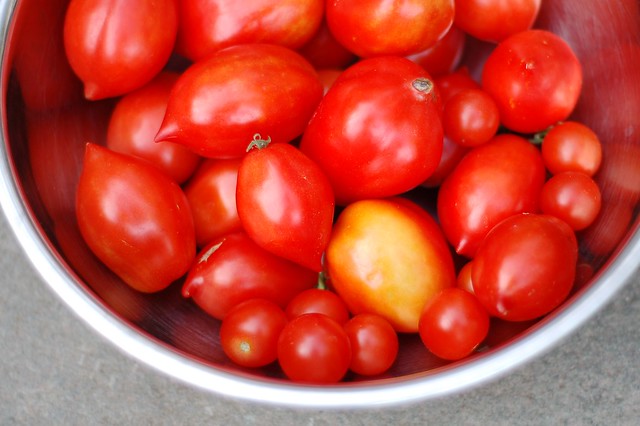
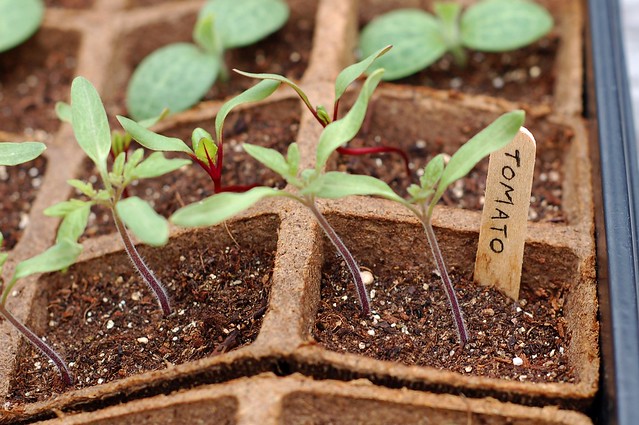

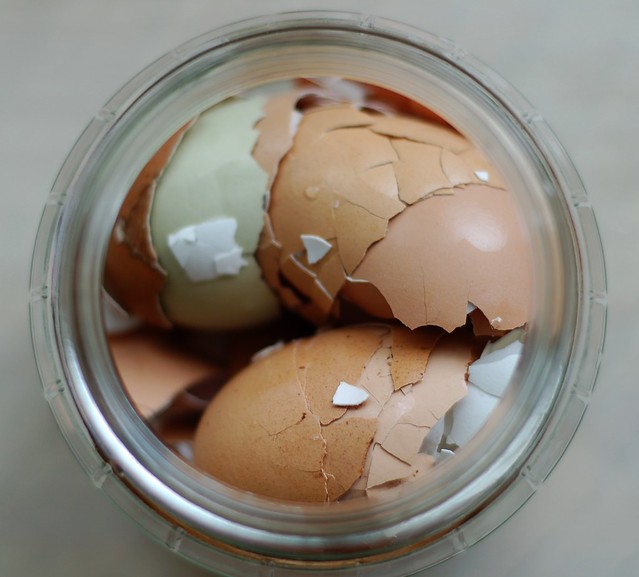
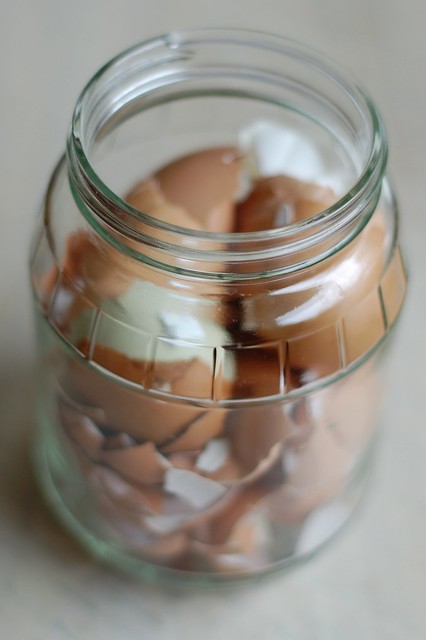
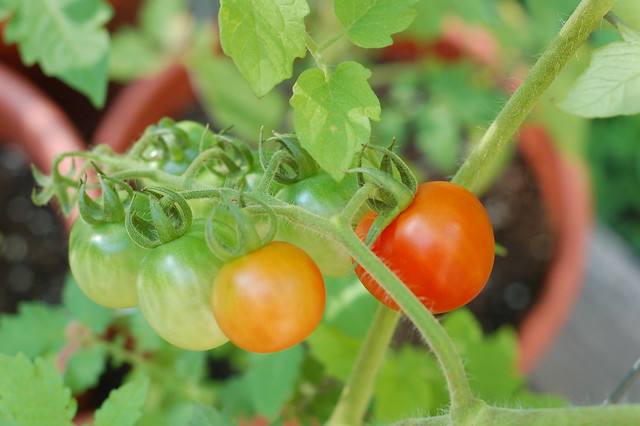








0 Response to "For Healthier Tomato Plants, Save Your Eggshells"
Post a Comment